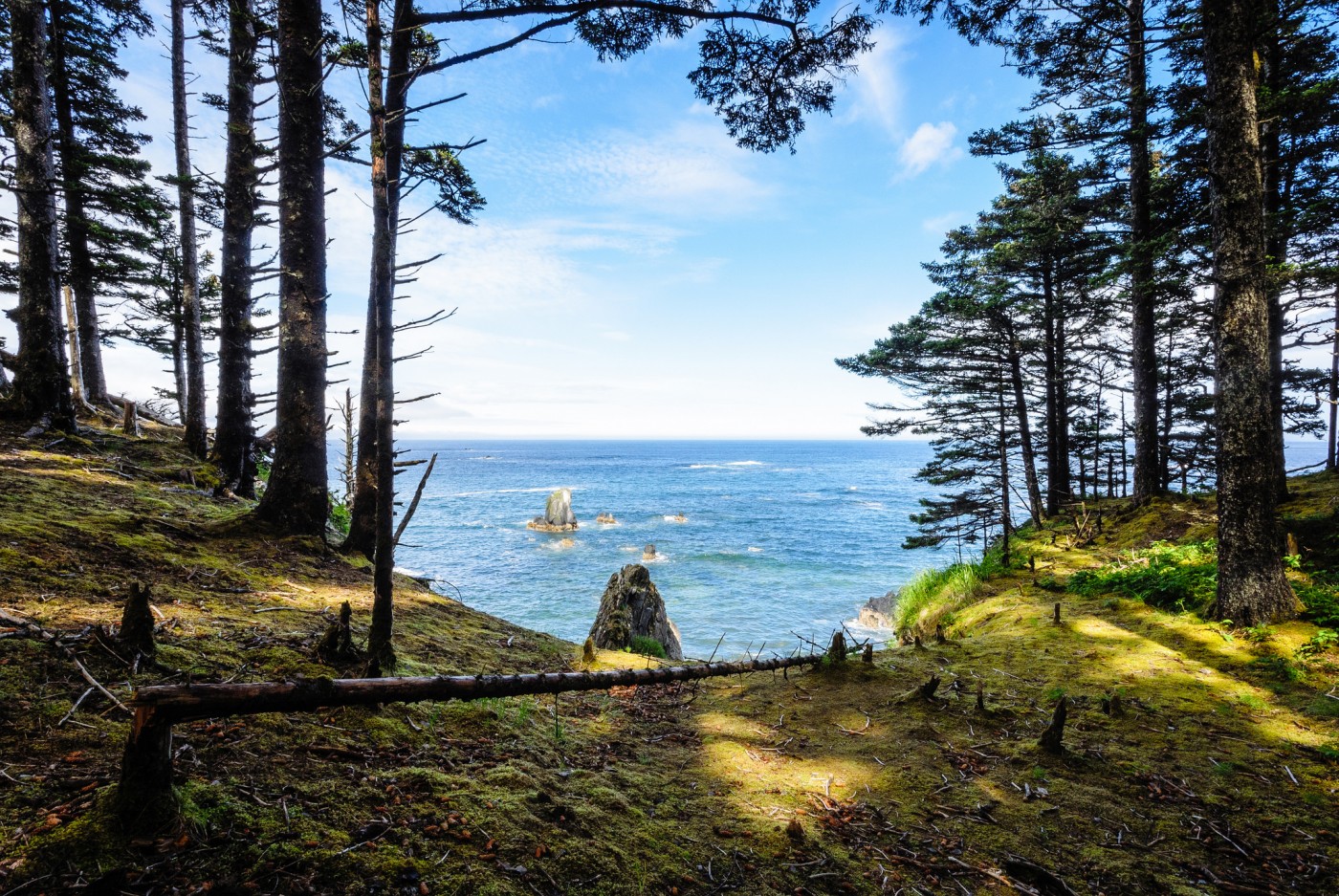Bigger is Better
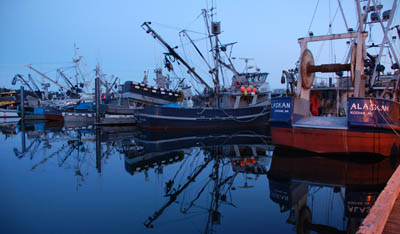
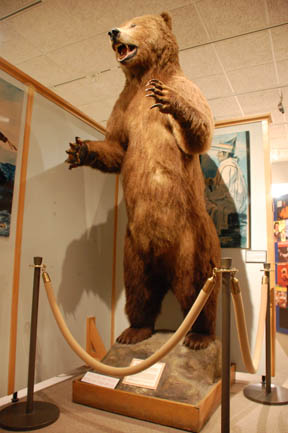 Kodiak Island, Alaska, is where the American frontier ran out of land and went to sea. For a tourist it is the unheralded gem of the state, a wild, primeval combination of big mountains and big ocean. Its history is rich, too, first settled 7,500 years ago by the Alutiiq and later by Russians, commercial fishermen and outdoor enthusiasts. The archipelago is home to a thriving population of Kodiak bears. More than 3,000 live here – the densest population of brown bears in the world. Some are 10 feet tall and weigh 1,500 pounds. Only accessible by boat or plane, Kodiak is Alaska at its grandest
Kodiak Island, Alaska, is where the American frontier ran out of land and went to sea. For a tourist it is the unheralded gem of the state, a wild, primeval combination of big mountains and big ocean. Its history is rich, too, first settled 7,500 years ago by the Alutiiq and later by Russians, commercial fishermen and outdoor enthusiasts. The archipelago is home to a thriving population of Kodiak bears. More than 3,000 live here – the densest population of brown bears in the world. Some are 10 feet tall and weigh 1,500 pounds. Only accessible by boat or plane, Kodiak is Alaska at its grandest
The city of Kodiak is situated on the northeast corner of the island at the base of Pillar Mountain. St. Paul Harbor is to the east, and Rezanof Drive is the main road. Rezanof skirts the edge of a small downtown hastily rebuilt after a 1964 tsunami, and terminates at a beach on one end and a deserted World War II-era airstrip on the other. There are less than 100 miles of road on Kodiak; the majority of the island’s 3,600 square miles (the size of Connecticut) is protected bear habitat. Six native villages are scattered throughout the archipelago, though none are connected by road to town or to each other.
The interior is mountainous, with the highest reaching 4,470 feet. Sitka spruce is the dominant tree, and streams, rivers and fjords cleave the archipelago’s 16 main islands. The North Pacific’s Japanese current keeps the climate cool and wet. Summer highs rarely reach 70, but average winter temperatures in the 20s and 30s are mild compared to the rest of the state. Kodiak gets 70 inches of rain annually, and winter gales are common. In 1912 a foot of powdery volcanic ash dusted the island, courtesy of Novarupta Volcano, and the’64 tsunami (which killed 22) was triggered by one of the fiercest earthquakes in North American history. Temblors still rattle Kodiak, and in 2009 airplanes were grounded when Mount Redoubt on the Katmai Peninsula spouted ash.
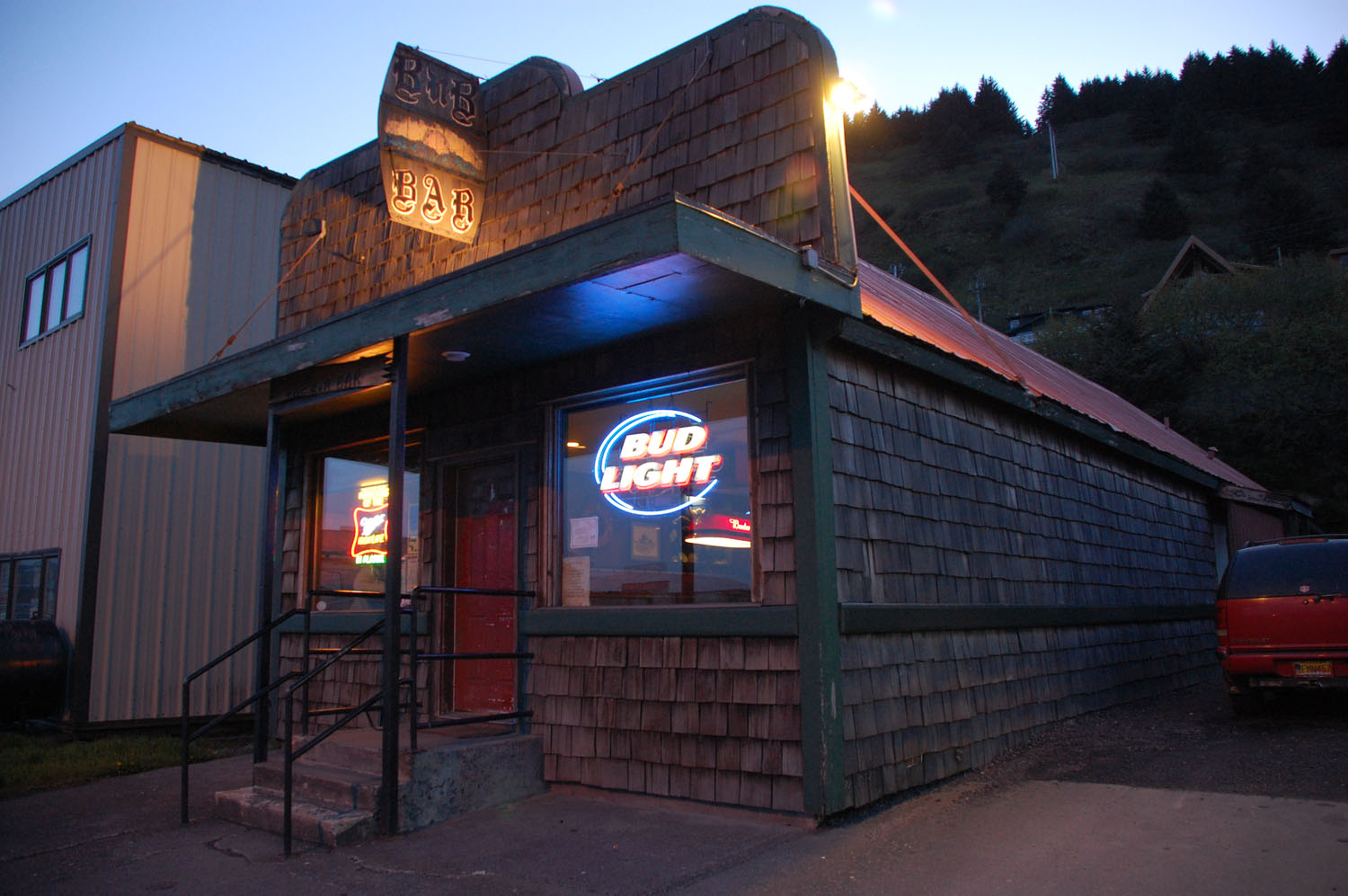
For thousands of years Alutiiq people lived on Kodiak Island in relative peace. They constructed bidarkas (kayaks) and hunted whales and sea otters from them. In 1784 Russians – attracted by the soft fur of the sea otter, which has as many as a million hairs per square inch – established a settlement on the island’s eastern side near present-day Old Harbor. The Russians soon led a vicious armed raid aimed at enslaving natives to join the profitable sea otter hunt. At one point Alutiiq were forced to paddle their bidarkas thousands of miles to California to trade with tribes there. European diseases like small pox also spread, and the native population plummeted from its high of 20,000. Alutiiq on the island are still trying to recover their lost history.
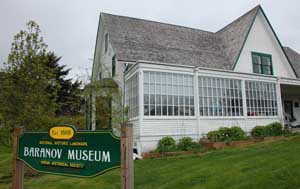
Two excellent museums cover both sides of this past. The Baranov Museum (101 Marine Way) is housed in the oldest building in Alaska, circa 1808, and exhibits artifacts from Russian settlement. Binders filled with old 8×10 photos document whale hunts, now-abandoned salmon canneries, small plane crashes and the 1970 canonization of St. Herman, who’s buried beside a small Russian Orthodox chapel on Spruce Island. The Alutiiq Museum is also downtown (215 Mission Road). The museum’s director, Dr. Sven Haakanson Jr., is an Old Harbor native and in 2007 received a MacArthur Foundation genius grant. His guidance and the recent fieldwork of local archeologists have greatly expanded the museum’s artifacts.
Echoing the past, Kodiak’s modern economy is tied to the bounty of the sea. Hundreds of workhorse vessels call Kodiak homeport – one of the most productive in the nation. In the summer and fall seiners fish for five species of Pacific salmon: pink, red, chum, silver and king. Come winter larger vessels motor west to the Bering Sea seeking lucrative crab. Bering Sea crab fishermen statistically have the most dangerous job in the country. A fisherman’s memorial is located outside the front door of the harbormaster’s office, and every Memorial Day weekend during Crab Fest a bell tolls for those lost at sea. In 2009 the bell tolled several times.

Kodiak’s fisheries have endured tough times the past 25 years. In 1983 the local crab fishery collapsed, and the numbers have yet to rebound, forcing costly and dangerous runs to distant fishing grounds. Six years later, in 1989, the Exxon Valdez oil spill devastated the summer fishing season. The spill’s psychological wounds remain raw; as court cases drag on, impatient – and increasingly cynical – residents wait for compensation checks or die off before seeing a dime. Fish farming is a touchy subject, too. The proliferation of farmed salmon in places like South America has undercut the price of the wild variety, and local pick-up trucks display “Friends don’t let friends eat farmed salmon” bumper stickers.
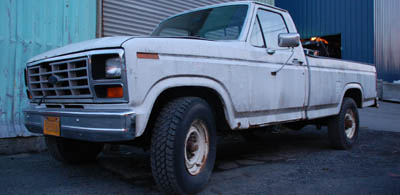
When boats steer into town they offload their catch at waterfront canneries. Several are downtown, and their immigrant “slime line” workers contribute to the island’s diversity – Filipinos, Laotians and El Salvadorans have all settled in Kodiak. Their brown XTRATUF rubber boots are the island’s unofficial footwear.
Protecting fishermen at sea is the largest Coast Guard base in the U.S. Originally established in the early 1900s as an Army and Navy outpost, the base is located about five miles from downtown. Bright-orange Dolphin and Jayhawk helicopters and C-130 airplanes are common sights overhead. The base is culturally segregated from the rest of the island. It has its own modern pool, movie theater and school, and a Coast Guardsman’s crew-cut often contrasts with the long, stringy hair of a fisherman. The base recently took a star turn in the 2006 film “The Guardian,” featuring Ashton Kutcher and Kevin Costner. Town was abuzz with unconfirmed reports of the actors visiting the island. A military presence exists elsewhere on Kodiak, notably at Narrow Cape, site of a missile silo used by the Department of Defense to conduct million-dollar war games. An informative small military history museum is located in an old concrete bunker at Fort Abercrombie State Park.

In addition to adding protein to the local economy, epic salmon runs are the reason Kodiak’s bears grow big enough as to be genetically distinct from their mainland cousins. Somewhere between a dog and a human on the intelligence scale, the Kodiak brown bear boasts a massive head, shoulders and paws. The majority of the island was in 1941 preserved by Franklin D. Roosevelt as habitat for these wild, omnivorous mammals. The Kodiak National Wildlife Refuge has backcountry cabins for visitors ($45 a night), which can only be reached by chartering a floatplane or boat. A bear-viewing platform is set up on salmon-rich Karluk Lake, though permits should be obtained months in advance. The refuge is also home to more than 200 bird species and some of the rarest plants on earth. Humpback whales, orcas, seals and the Stellar sea lion are common along the island’s 1,200 miles of rugged coastline.
There are only two ways to get to Kodiak – boat or plane. Era Aviation and Alaska Airlines have regularly scheduled service to the island, though prices have increased recently. Round-trip airfare starts at about $250. Check for web specials. A better way to reach Kodiak, though, is to take the state ferry, usually from Homer. Built in 1964, the 296-foot Tustumena makes the 10-hour passage to Kodiak several times a week. If the weather is nice you can pitch a tent on the deck, or you can book a stateroom. One-way foot passenger fares are about $75.
Where to Sleep:Cliff House Bed and Breakfast: Owned by a local chef/gardener/photographer and her harbor master husband, this B&B has ocean views and is within walking distance from downtown. A bottomless cookie jar, too. From $150. 1223 W. Kouskov, 907-486-5079, www.galleygourmet.biz.
Kodiak Inn: A Best Western with a stuffed Kodiak brown bear in the lobby. The second-floor cocktail lounge and restaurant overlook downtown and the docks. Rooms from about $120. 236 West Rezanof Drive, 888-563-4254, www.kodiakinn.com.
Fort Abercrombie State Park: The best camping option close to town, three miles from the ferry dock by car or bike. $15 per night. 1400 Abercrombie Drive, 907-486-6339, www.alaskastateparks.org.
Where to Eat and Drink:
Henry’s: A community gathering space. Classic American menu, including burgers ($11) and local halibut plates ($24). Located downtown. 512 Marine Way, 907-486-8844, www.henryskodiak.com.
Harborside: Kodiak loves its coffee. Harborside is favored by fishermen, partly because of its proximity to the docks. The same folks run Fly-By about a mile up the road, while Mill Bay Coffee Co. roasts its own coffee and has fresh-baked pastries and crab omelettes. Java Flats, on the other side of town, has good breakfast sandwiches ($8). Harborside can be reached at 210 Shelikof Street, 907-486-5862.
B&B: The oldest bar in Alaska. Rowdy. Popular with fishermen either headed out to sea or just back in to port. Sometimes they buy a round for the bar, sometimes they punch each other’s teeth out. 326 Shelikof Street, 907-486-3575. Other good watering holes include Tony’s and the Village, both of which are downtown.
Old Powerhouse Restaurant: Sushi restaurant run by the Unification Church, which thinks of fishing as an intensely spiritual act. Watch eagles and sea lions from a nice waterfront setting. A fancier option. 516 East Marine Way, 907-486-1088.
Big Al’s Take and Bake: The hot Italian sub here ($6 lunch special) is the best sandwich in town and comes with a large, fresh salad. Located inside Cost Savers. 2161 Mill Bay Road, 907-486-2408.
Rendezvous Bar & Grill: Kodiak’s live music capitol, with good martinis and excellent food. 11652 Chiniak Highway, 907-487-2233.
Kodiak Island Brewing Co.: Stop by the brewery for a pint of Sarah Pale, or get a growler of Liquid Sunshine to go. Seasonal hours. 338 Shelikof Street, 907-486-2537, www.kodiakbrewery.com.
What to See and Do:
Go sea kayaking: The nice, knowledgeable staff at Orcas Unlimited, a world-class eco-tourism outfitter, take you out in to the Gulf of Alaska for wild paddle trips ranging from a half-day to several days long. You’ll spot rare sea birds and get close to breaching humpback whales. 907-539-1979, www.orcasunlimited.com.
Shop and ask for outdoor advice: Two of the best sporting goods stores in the state, Mack’s Sport Shop (212 Lower Mill Bay Road) and Cy’s Sporting Goods & Outfitters (117 Lower Mill Bay Road), are located across the street from each other. Visit both and ask employees there for local advice on fishing and hunting, and pick up some new flies and lures. Mack’s can be reached at 907-486-4276 and www.mackssportsshop.com; Cy’s can be reached at 907-486-3900 and www.kodiak-outfitters.com. For adventure sports like mountains biking and backcountry skiing, head to either 58 Degrees North (1231 Mill Bay Road, 907-486-6249) or Orion’s (1247 Mill Bay Road, 907-486-8380

